
Keeping your home comfortable year round can put the squeeze on your budget. Consumers spend 6% to 12% of their income on utilities, according to the U.S. Department of Energy.
Here are 15 quick, cheap and easy ways to cut your electricity, heat and water use while also cutting your expenses by hundreds of dollars:
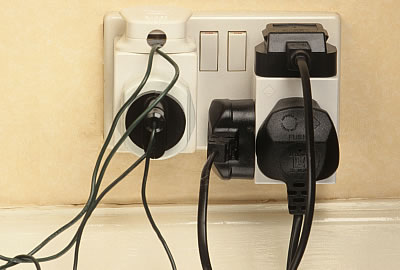
TAKE A FLIER ON FLUORESCENTS
Compact fluorescent bulbs represent one of the brightest ideas for cooling your electric bill. (Not every CFL produces a warm, candlelight glow. To achieve that effect, look for one with a Kelvin temperature of 2,600 to 3,000.)
Don't let the price of CFLs -- as much as $7 each -- turn you off. The lights not only last ten times longer than incandescents but also save up to $60 in electricity per light over their lifetime.

VANQUISH THE VAMPIRES
Appliances that include a clock or operate by a remote, as well as chargers, are sucking electricity even when you're not using them. Of the total energy used to run home electronics, 40% is consumed when the appliances are turned off.The obvious way to pull the plug on so-called energy vampires is to do just that -- pull the plug.
Or buy a device to do it for you, such as a Smart Power Strip ($31 to $44, at www.smarthomeusa.com), which will stop drawing electricity when the gadgets are off, and pay for itself within a few months.
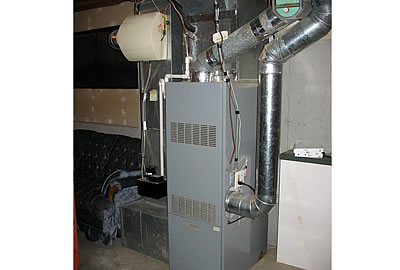
INSULATE YOUR WATER HEATER
Is your coffee mug more insulated than your water heater? The newest electric water heaters have plenty of insulation. But if you have one built before 2004, wrap it in an insulating jacket such as a Thermwell blanket ($20; Amazon.com).You'll save 10% -- about $30 -- annually on your water-heating bill.
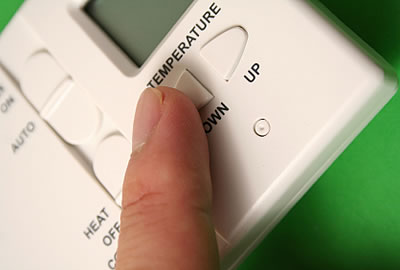
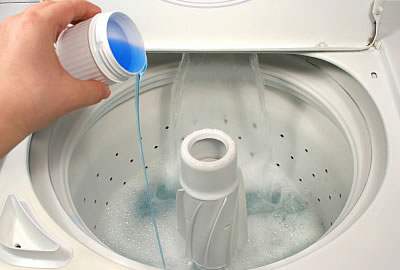
TURN DOWN THE HEAT
For every degree you lower your home's temperature during the heating season, subtract 5% from your bill, according to the Alliance to Save Energy.
An Energy Star programmable thermostat ($70 at www.livingincomfort.com) saves more than twice its price within a year and will adjust the temperature automatically for you when you're away or asleep.
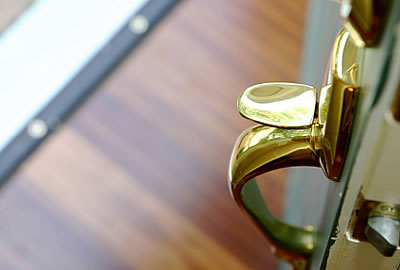
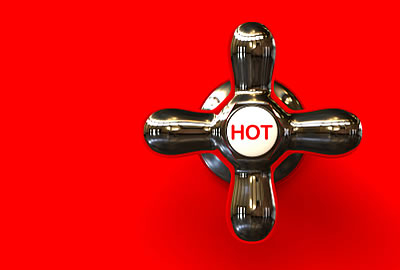
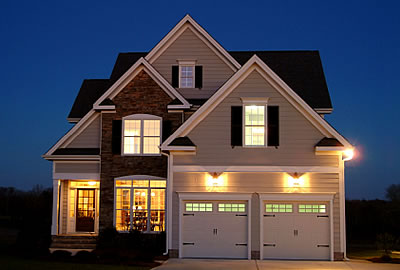
LOWER YOUR WATER TEMPERATURE
Set your water heater at 120 degrees Fahrenheit. If your heater does not have a temperature gauge, dial down until the water feels hot, not scalding.
(Before going too low, make sure your dishwasher has a booster heater, which gets the temperature back to 140 degrees, necessary for proper cleaning.)
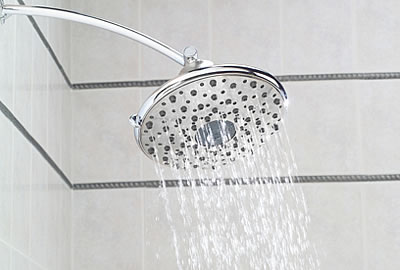
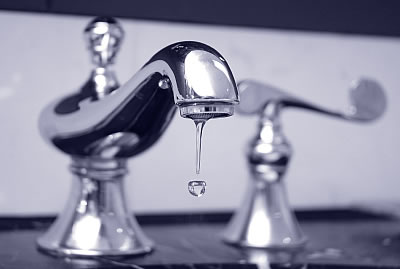
GO LOW-FLOW
With a few twists of the wrist, you can save 25% to 60% of the water it takes and 50% of the energy necessary to shower and shampoo you and your family. Install a low-flow shower head, which restricts the water output to no more than 2.5 gallons per minute. The shower heads generally run $10 to $20 a pop (some utility companies give them away) and screw into existing fittings.
Older shower heads send as many as 5.5 gallons per minute down the drain. The new fixtures go as low as 1.5 gpm, saving 7,300 gallons and $30 to $100 a year over their 2.5-gpm counterparts.
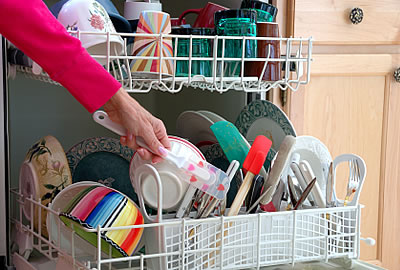
PLUG THE LEAKS
A leaky faucet wastes as much as 2,700 gallons in a year -- if it doesn't drive you crazy first. So fix it already.
Test the toilet for leaks, too. Put a drop of food coloring in the toilet tank. If the color shows up in the bowl, your tank is leaking, and you're wasting up to 200 gallons of water a day.
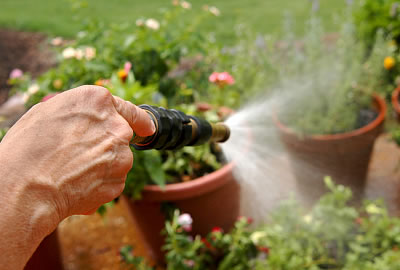
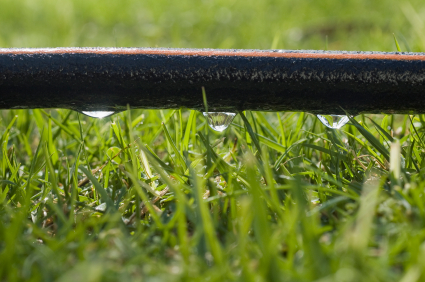
TAKE CARE WITH YARD CARE
Water your outdoor plants in the early morning, before the sun can burn off moisture. And take care not to over-water. Before starting your sprinkler, step on the grass. If the blades spring back, hold off on watering for a day or two. The average lawn needs only one hour of watering a week.
Also, raise your mower blades to the 3-inch setting. Shaggy grass holds moisture longer, requiring less watering.

BE A DRIP
For gardens, consider installing a drip irrigation system, which maintains moisture in the soil. Drip irrigation can reduce water loss by 50% to 60% when compared with hand-watering or sprinkler systems.
A drip system consists of a tube or hose with holes or emitters along it. It uses a timer to deliver water to plants. By maintaining the moisture level of the soil, less water is lost to the sun and the wind.

RETROFIT YOUR FAUCETS
Consider faucet aerators -- doohickeys that screw into your faucet threading and cut the water flow from 3 to 4 gallons per minute to as little as a half-gallon. As their name suggests, aerators blend water and air, reducing the flow without sacrificing pressure. At 50 cents to $3 apiece, the devices are some of the cheapest green gadgets available.
Aerators come in a range of flow rates. A faucet that flows at 1 gpm gets is fine for the bathroom faucet. But for a little more oomph in the kitchen, use an aerator with a flow rate of at least 2 gpm.

MORE WAYS TO SAVE MONEY
Save Money on Investing
Save Money on Food
Save Money on Transportation
Save Money on Travel
Save Money on Phone, Internet and TV
Save Money on Credit, Debt & Banking
Save Money on Entertainment
Click here to print, email or comment on this slide show.
Profit and prosper with the best of Kiplinger's advice on investing, taxes, retirement, personal finance and much more. Delivered daily. Enter your email in the box and click Sign Me Up.
-
 The SEC Is Concerned for Older Investors and Retirement Savers. Here's What You Should Know
The SEC Is Concerned for Older Investors and Retirement Savers. Here's What You Should KnowThe SEC focusing on older investors, retirement and college savers, and private securities. Here's how those changes impact you.
-
 Vesting, Catch-Ups and Roths: The 401(k) Knowledge Quiz
Vesting, Catch-Ups and Roths: The 401(k) Knowledge QuizQuiz Test your understanding of key 401(k) concepts with our quick quiz.
-
 Why You Should Pay Attention to Company Guidance
Why You Should Pay Attention to Company GuidanceUnderstanding how corporate profit forecasts affect analysts’ estimates and stock ratings can help you make investment decisions.
-
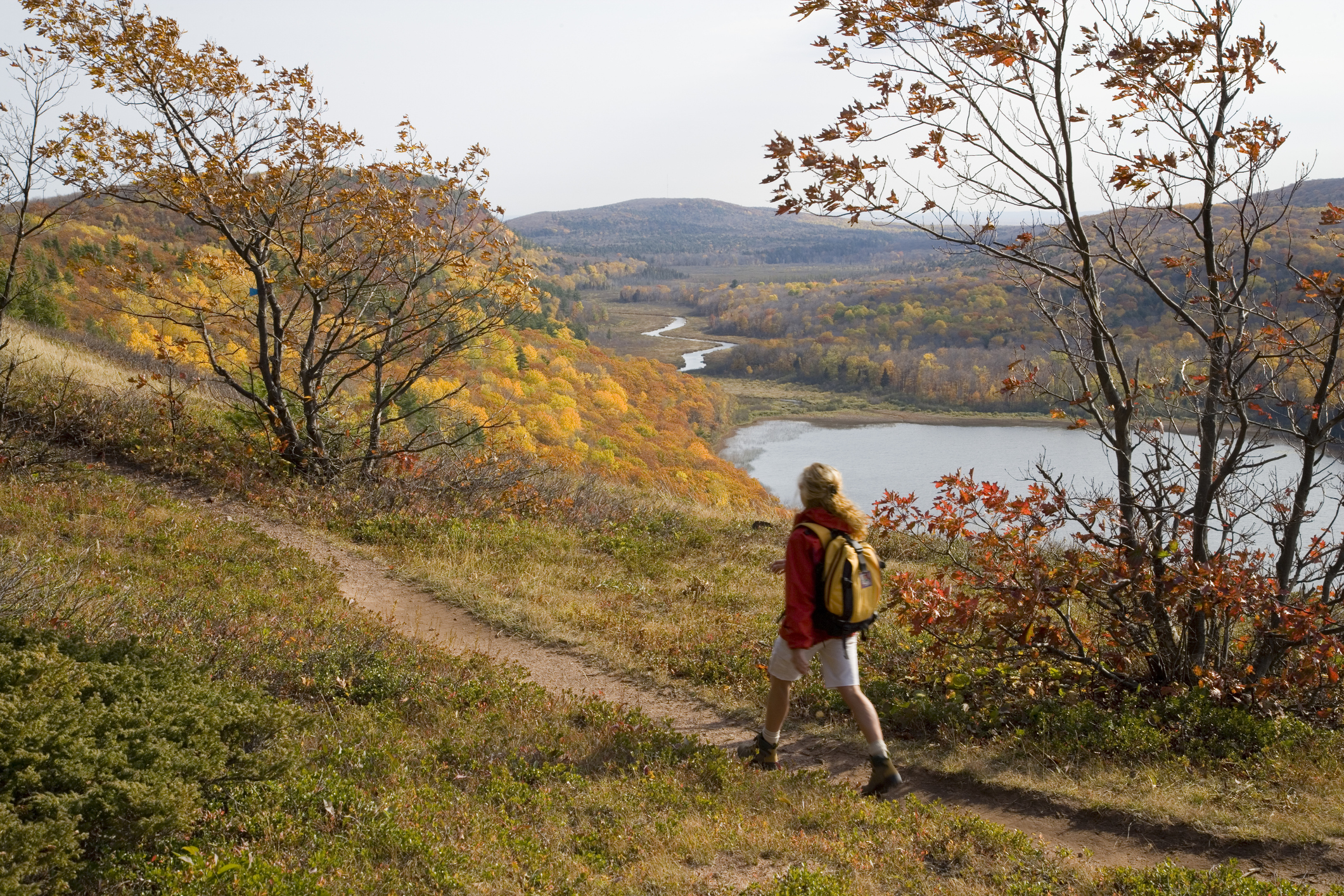 12 Great Places to Retire in the Midwest
12 Great Places to Retire in the MidwestPlaces to live Here are our retirement picks in the 12 midwestern states.
-
 15 Cheapest Small Towns to Live In
15 Cheapest Small Towns to Live InThe cheapest small towns might not be for everyone, but their charms can make them the best places to live for plenty of folks.
-
 Best Cold Weather Places to Retire
Best Cold Weather Places to RetirePlaces to live Some like it hot; others, not so much. Here are the 12 best places to retire if you can't stand the heat.
-
 The 24 Cheapest Places To Retire in the US
The 24 Cheapest Places To Retire in the USWhen you're trying to balance a fixed income with an enjoyable retirement, the cost of living is a crucial factor to consider. Is your city the best?
-
 The Six Best Places to Retire in New England
The Six Best Places to Retire in New Englandplaces to live Thinking about a move to New England for retirement? Here are the best places to land for quality of life, affordability and other criteria.
-
 Best Cold Weather Places to Retire
Best Cold Weather Places to Retireplaces to live Some like it hot; others not so much. Here are the 12 best places to retire if you can't stand the heat.
-
 15 Ways to Prepare Your Home for Winter
15 Ways to Prepare Your Home for Winterhome There are many ways to prepare your home for winter, which will help keep you safe and warm and save on housing and utility costs.
-
 5 Great Places to Buy a Vacation Home
5 Great Places to Buy a Vacation HomeWant a vacation home for remote work or a fun getaway? Here are locations with median prices under $500K.
